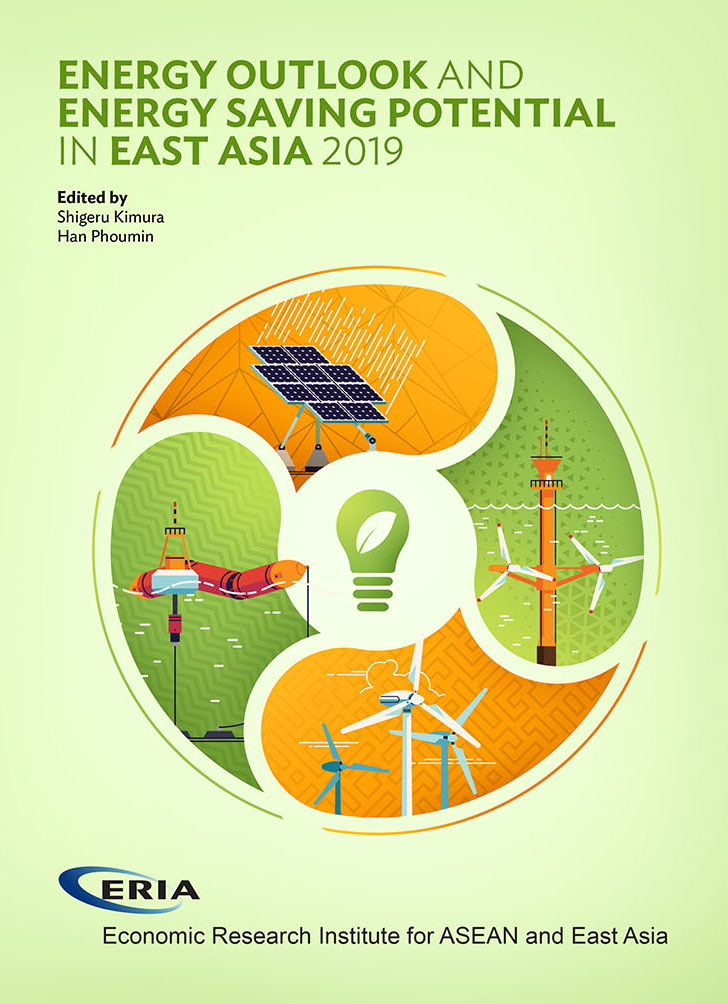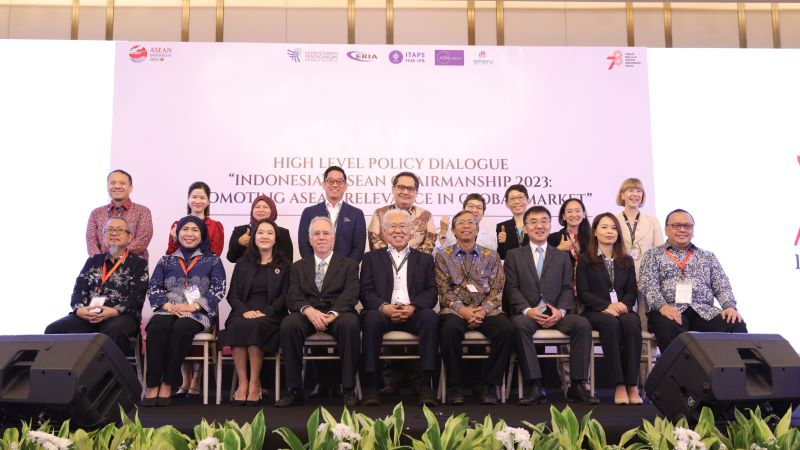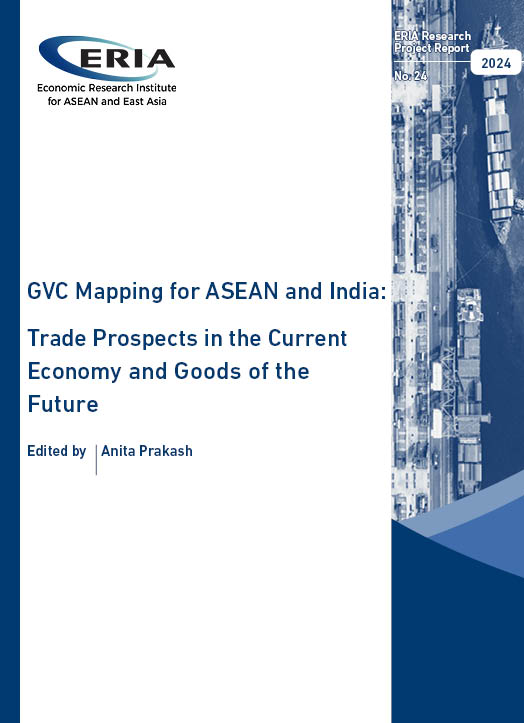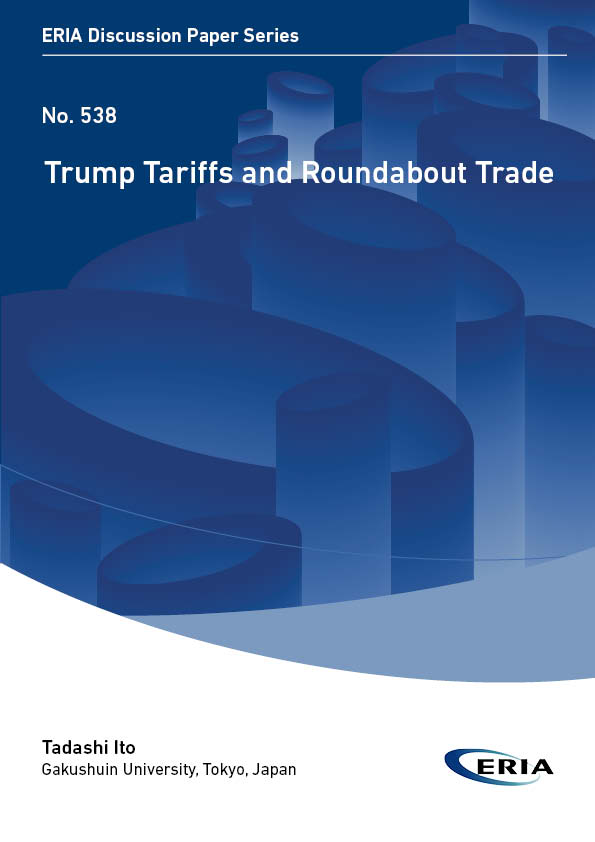Energy Outlook and Energy Saving Potential in East Asia 2019
Print Article:
The Economic Research Institute for ASEAN and East Asia–East Asia Summit (ERIA–EAS) Energy Outlook was updated in 2017–2018 through a revision of macro assumptions, such as economic and population growth as well as crude oil prices in the current lower price situation. This outlook also incorporates more recent information on the EAS17 member countries’ energy-saving goals and action plans, and power development plans such as renewable electricity. The EAS17 Outlook 2018 includes an estimation of the investment cost required for power generation and the whole energy infrastructure, including liquefied natural gas (LNG) receiving terminals and oil refineries. The outlook still focuses on analysing the additional energy savings that might be achieved by the individual countries above and beyond the Business-as-Usual scenario (BAU) projection. It continues to examine two scenarios – BAU and the Alternative Policy Scenario (APS) – and predicts energy supply, consumption, and CO2 emissions from 2015 until 2040. The APS includes not only more ambitious energy-saving targets but also rapid advances in low-carbon energy technologies, especially renewable energy. The outlook also assesses the Intended Nationally Determined Contributions (INDC)/NDC reported by EAS17 countries. Energy supply security has become a top priority energy issue for the EAS17 region. Implementing Energy Efficiency and Conservation measures and increasing renewable energy shares will certainly contribute to maintaining regional energy security through the reduction of imported fossil fuel consumption and increasing the use of domestic energy. Regional energy networks, such as the Trans-ASEAN Gas Pipeline and the ASEAN Power Grid, and oil stockpiling are recommended to be set up and accelerated to maintain energy supply security. Nuclear power generation always remains an option for securing the energy supply in this region.
Full Report
Energy Outlook and Energy Saving Potential in East Asia 2019
Contents
Chapter 2. Australia Country Report
Chapter 3. Brunei Country Report
Chapter 4. Cambodia Country Report
Chapter 5. China Country Report
Chapter 6. India Country Report
Chapter 7. Indonesia Country Report
Chapter 8. Japan Country Report
Chapter 9. Republic of Korea Country Report
Chapter 10. Lao PDR Country Report
Chapter 11. Malaysia Country Report
Chapter 12. Myanmar Country Report
Chapter 13. New Zealand Country Report
Chapter 14. Philippines Country Report
Chapter 15. Singapore Country Report
Chapter 16. Thailand Country Report
Chapter 17. Viet Nam Country Report





